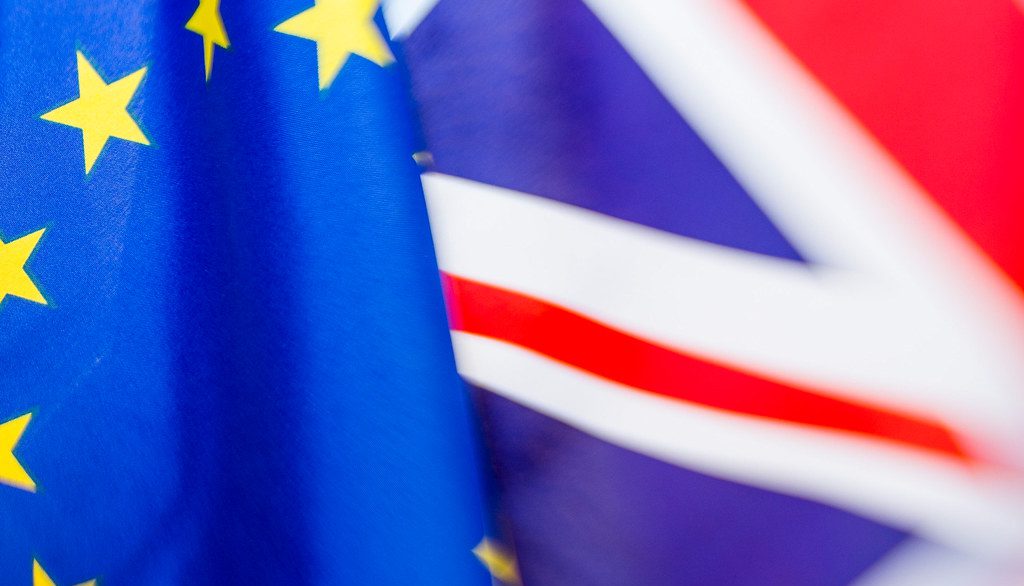On January 31, the UK officially left the European Union. During the time following the 2016 referendum, the departments within the UK had to brace themselves and prepare for the uncertain outcomes that could potentially result from the UK’s eventual departure. The National Audit Office (NAO) ended up reviewing around 27 reports on the departments’ work, which illustrates the intensity and scale of the task that lay ahead. As such a task can be complex, these departments were not able to think of and plan in advance for every conceivable scenario and outcome. Between 2016-17 and 2019-20, HM Treasury made about £6.3 billion of added funding available, which would help cover the cost of the UK government’s preparations for their exit from the EU.
Since preparations of the exit began, there has been much interest both from a parliamentary and public perspective on just how much the government spent on their preparations to leave. However, until today the government has not provided an official sum. The National Audit Office (NAO) has published a report that outlines how much government departments spent and what these departments spent money on.
Their report does not, however, provide the future costs such as the costs of the financial settlement or the costs that come with developing a new relationship with the EU and costs that are not directly associated with the preparations for exit. The report published by the NAO does have some limitations in the information that was provided by the departments and, as such, the figures provided in their report only give a minimum estimated level that was spent on the preparations for the UK’s split from the EU.
What departments have spent money on
Between June 2016 and January 31 2020, departments overall gave out at least £4.4 billion on EU exit preparations, which is less than one percent of total departmental expenditure over the period. This sum was based on the information that was provided by 18 governmental departments and two non-ministerial departments. These departments, however, were not able to estimate a portion of the costs which were associated with the staff costs for the staff who have worked only partially on the exit preparations. The entire costs associated with the preparations is likely to be higher than this figure, but this figure does give an outlook into the departments’ overall spending.
The other areas that departments spent money on are the following:
- £9 billion was spent on EU exit staffing
- Since June 2016, at least £288 million was spent on expertise and external advice
- At least £5 billion was spent on activities that involved building new systems, advertising and other services
- Local government organisations received £104 million in funding for exit preparations
- Departments also gave out money on preparing for ‘deal’ or ‘no deal’ scenarios and also took on additional costs on in advance preparations on several exit dates that were set
- Departments have also reported a £92 million loss to Parliament so far resulting from the preparations
Moreover, six departments have accounted for more than 70 percent of all spending on EU exit preparations. These departments and how much they spent in total are as follows: Department for Environment, Food and Rural Affairs (£871 million), Department for International Trade (£284 million), Home Office (£803 million), Department for Transport (£269 million), HM Revenue & Customs (£748 million) and Department for Business, Energy and Industrial Strategy (£249 million). Several other remaining departments also took on various activities to preparing for the UK’s exit.
How the costs were funded
By January 31 2020, departments have reported that they have spent £1 billion less than the amount allocated for their 2019-20 financial year on exit preparations. HM Treasury has distributed a specific amount of funding to departments for each financial year from 2016-17 for the preparations. Departmental spending ended up being overall in line with the additional funding that was assigned. The funding provided for 2019-20 covers the entire year up to March 2020 and departments may spend more in February and March on activities associated with the UK’s exit from the EU.
By the end of the financial year, departments will most likely have underspent against the 2019-20 funding allocation. Some departments also had to search for money, which ended up totalling £301 million from existing budgets for the exit preparations. Across departments, some either overspent or underspent against allocations, which reflected the different activities that they engaged in for the preparations. Many of these departments were given funding in the event that the UK would split from the EU without a deal in October 2019, but because this did not take place, possible plans had not been fully put into effect.
In the financial years of 2017-18, 11 of the 18 departments overspent against their allocation and in 2018-19, 12 of the 18 departments ended up overspending. In these cases where they overspent, the departments funded parts of their preparations from existing budgets and while the exit expenditure is marginal compared to the overall government spending, which is one percent of planned expenditure in 2019-20, it did come against real-terms budget restrictions for some of the departments.



